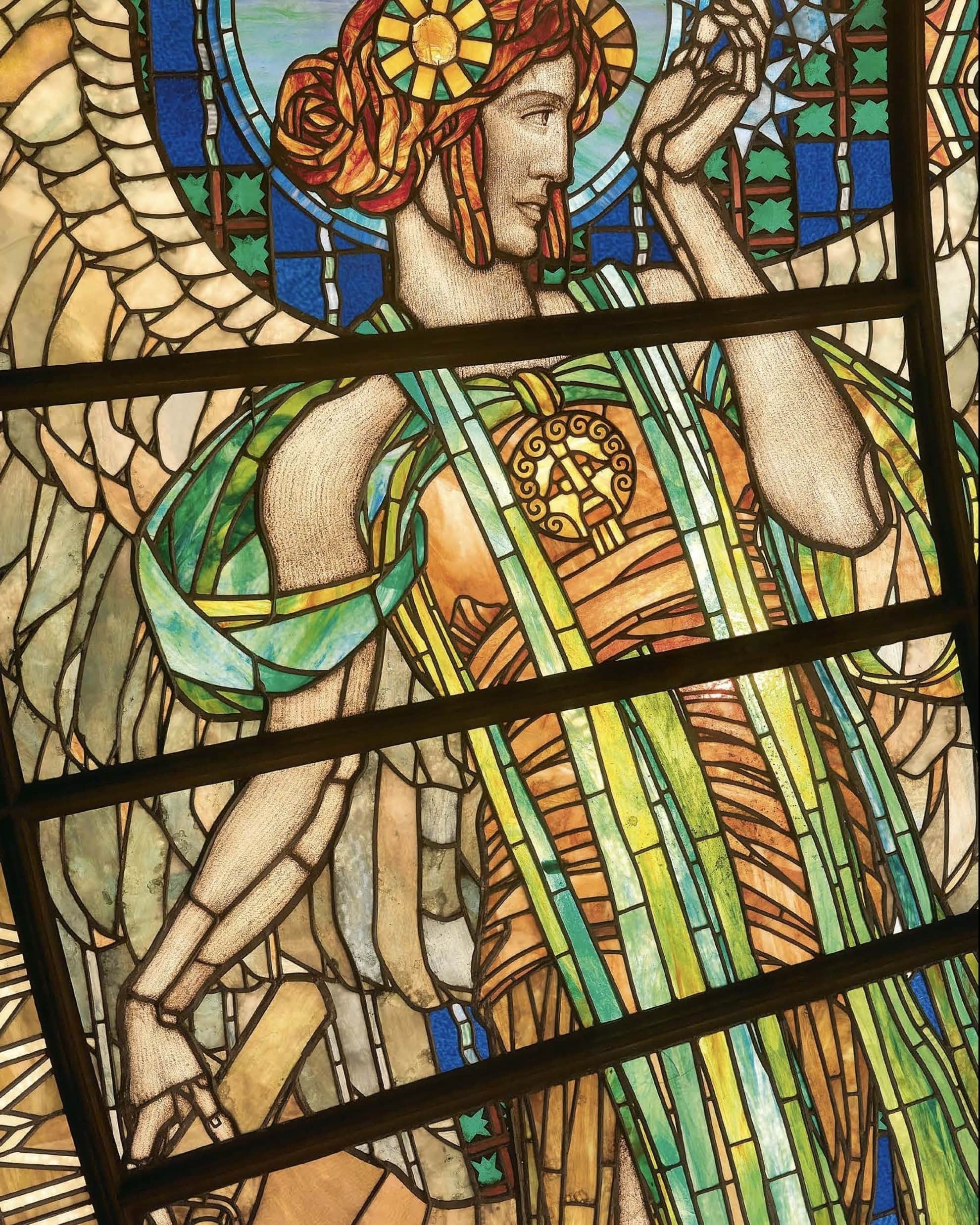
A Danube Secession in Mexico City
EAGLE, SERPENT, MAGYAR, AZTEC
Giorgio AnteiOn the night of August 3, 1906, the Hungarian pavilion at the Milan International Expo went up in flames. Its prompt reconstruction cast a spotlight on its designer: Géza Maróti. “I had a mad dream,” he wrote later, “a grand ceremonial hall lit from above by a skylight.” That dream was finally realized in Mexico City’s Palacio de Bellas Arts. Maróti, who had been summoned to Mexico by an admirer, Italian architect Adamo Boari, was a cross-country skier and an architect, sculptor, painter, and interior decorator, as well as a leading member of Magyar Szecesszió, Hungary’s Art Nouveau movement. He tended to focus on a few, stubborn fantasies: halls with skylights; Atlantis, that harmonious, sunken continent, to which he devoted a vast, long-unpublished manuscript; and an elegant winged female figure he called Angelus Nudus, who made several appearances before coming to guard over the tomb of the man who had first dreamed her into being.








